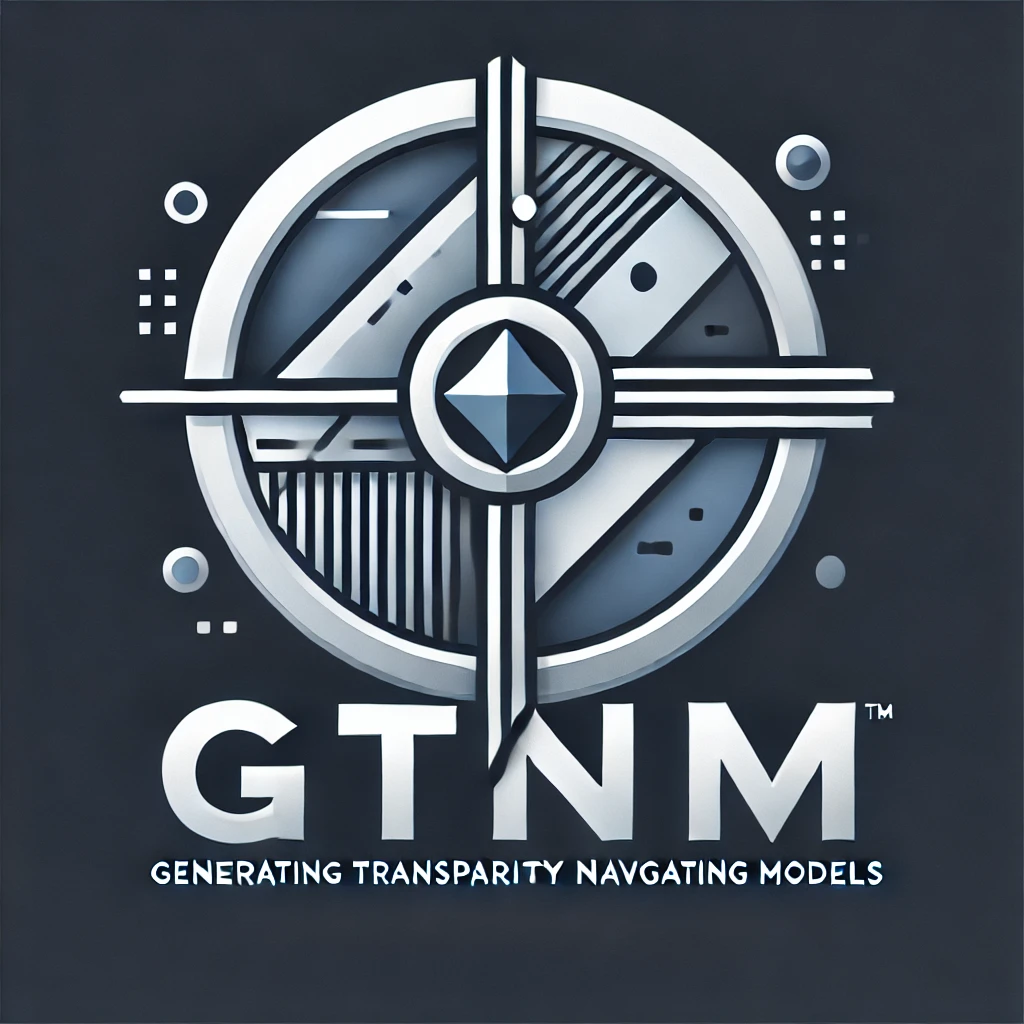With new protests slated around the country for tomorrow, April 19, we thought this was an excellent time for you to watch this episode of Incognito Mode.
As journalists, we know our identities are known. That’s a given part of the job. No one reports without some level of public visibility, whether visual or data-based. But when it comes to protest, the stakes shift. One of the reasons we haven’t yet seen a wave of protests as large or intense as those sparked by the murder of George Floyd may be this: people are more aware than ever of government surveillance.
They know their face in a crowd might not stay anonymous. They know their movements could be traced, their voices recorded, their presence logged. What people don’t know, and what they’re trying to figure out, is what can the government actually do with that information? And what are they already doing?
From Protest Signs to Permanent Files
Incognito Mode Episode 39 dives straight into the reality that modern protest surveillance isn’t limited to police body cams or the occasional drone overhead. Today, law enforcement uses tools like facial recognition, data mining from social media, and AI-powered analytics to build searchable profiles on ordinary citizens.
The scary part? You don’t even have to be on a list. Just being at a protest, or in someone else’s livestream or selfie, can be enough to flag you for identification. Your face becomes data. Your presence becomes evidence. And it happens invisibly, without your consent, in the name of “public safety.”
️♀️ Surveillance Is Now a Pre-Existing Condition
What this episode surfaces so clearly is how surveillance has become an assumption baked into everyday life. You’re not just watched when you’re organizing. You’re watched after. Your Instagram story, your tagged photo, even your Venmo history could be pulled into the vast, largely unregulated networks of data that police departments and federal agencies now draw from.
The implications go far beyond a single protest. If the act of showing up can put you on a permanent radar, then chilling effects aren’t theoretical. They’re real. They’re happening. They’re making people think twice about joining protests in the first place.
Why This Episode Matters Now
Episode 39 doesn’t just outline the tools, it starts the necessary conversation about how we push back. Surveillance is no longer limited to authoritarian states. In the U.S., its use is accelerating with minimal transparency or oversight.
In places like Russia and China, protestors are tracked in real time and punished later. In the U.S., we’re not as far from that future as we’d like to think. That’s why understanding these systems matters, especially if you plan to show up on April 19.
Whether you’re marching, documenting, or simply standing in solidarity, you deserve to know what you’re up against, and what rights still protect you.
Watch, Learn, Mobilize
We’re urging our community: watch this episode of Incognito Mode today. It’s not just an education, it’s armor. The more you know about the tools of surveillance, the better you can protect yourself, support others, and demand limits on unchecked government power.
Privacy isn’t a luxury. It’s a requirement for democracy. And right now, it’s under serious threat.
0:00 How Governments Spy On Protestors
0:44 facial recognition
5:31 social media
9:24 IMSI catchers
12:17 geofencing
13:40 data brokers
16:46 license plate readers
18:33 drones
20:10 emerging tech
23:23 how to protect yourself
Discover more from Grounded Truth & News Movement
Subscribe to get the latest posts sent to your email.

